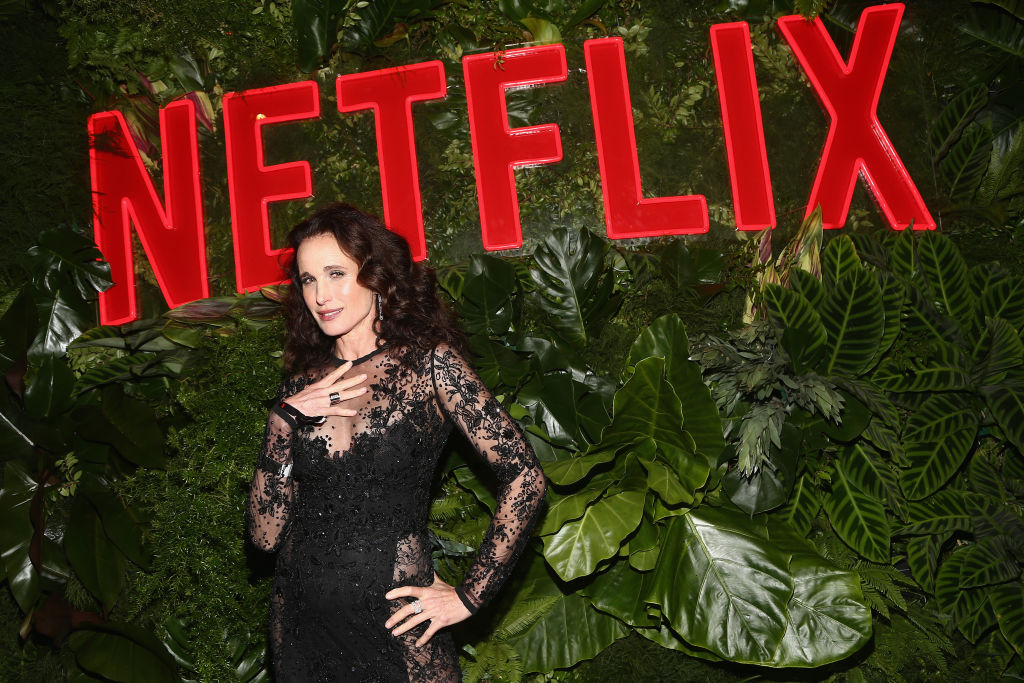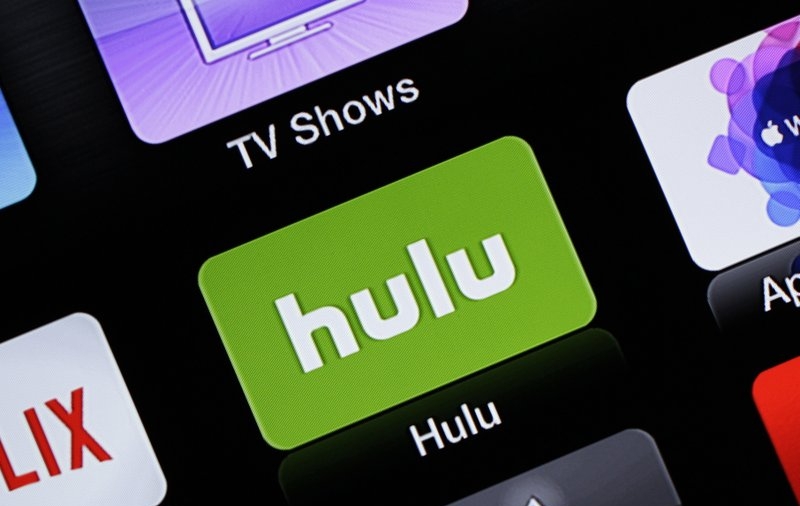Hulu’s live-TV streaming service will cost $5 more per month, while its traditional video-on-demand service will be $2 cheaper.
Hulu with Live TV, a cable-like package with CNN, ESPN and a few dozen other channels over the internet, will cost $45 a month starting Feb. 26, as Hulu seeks to make that service more profitable. The new price is comparable to a basic plan from Sony’s rival PlayStation Vue, but more expensive than Google’s YouTube TV and AT&T’s DirecTV Now.
The Hulu service includes its traditional video-on-demand service, which typically carries episodes of network TV shows the day after it airs.
That video-on-demand service itself will now cost $6 a month, down from $8, when bought without Live TV. An ad-free version stays at $12. The price cut for the ad-supported version comes just a week after Netflix said it is raising the price of its most popular plan to $13 from $11. Streaming providers are testing how much consumers are willing to pay for their services as more people seek online options and cut back on expensive cable packages.
Hulu debuted its live-TV streaming service in 2017 and says the price increase represents the value of channels it has added, such as the CW and Discovery Channel, as well as technology upgrades.
Separately, YouTube said Wednesday that it will roll out YouTube TV to more markets so that 98 percent of U.S. households would be able to subscribe. Before, it was 85 percent. Even with the expansion, some markets won’t get all of the broadcast networks because YouTube doesn’t have deals with all of the local stations carrying network programs. That’s a similar constraint with rival services as well.
The streaming landscape is changing as more media companies are launching their own services. Disney is launching its own streaming service in 2019 in a challenge to Netflix’s dominance. WarnerMedia, a unit of AT&T, will also have its own service to showcase its blockbuster movies and HBO series. NBCUniversal also plans its own service in 2020.
These services will run in concert with the cable-like bundles from Hulu, YouTube and others. They are aimed at people who have cut the cord on cable services — or have never subscribed — and typically don’t offer as wide a range of channels as cable.
Is This a Response to Netflix?

Netflix raised its U.S. prices by 13 to 18 percent about earlier this month, its biggest increase since the company launched its video streaming service 12 years ago.
Its most popular plan will see the largest hike, to $13 per month from $11. That option offers high-definition streaming on up to two different internet-connected devices simultaneously. Even at the higher price, that plan is still a few dollars cheaper than HBO, whose streaming service charges $15 per month.
The extra cash will help to pay for Netflix’s huge investment in original shows and films and finance the heavy debt it has assumed to ward off rivals such as Amazon, Disney and AT&T.
While subscribers might bemoan a bigger monthly bill, Wall Street cheered, sending Netflix’s shares up 6.5 percent Jan. 15.
This marks the fourth time that Netflix has raised its U.S. prices; the last hike came in late 2017 . But this is the first time that higher prices will hit all 58 million U.S. subscribers, the number Netflix reported at the end of September.
Previously, Netflix had continued to offer a basic, $8-a-month streaming plan while raising rates on more comprehensive plans with better video quality and options to watch simultaneously on different devices.
This time, the price for the cheapest plan is going up to $9 per month. A premium plan offering ultra-high definition will jump to $16 per month from $14.
The new prices will immediately affect all new subscribers and then roll out to existing customers during the next three months. Customers in about 40 Latin America countries where Netflix bills in U.S. currency will also be affected, excepting key international markets such as Mexico and Brazil.
Netflix had nearly 79 million subscribers outside the U.S. as of September.
Higher prices could alienate subscribers and possibly even trigger a wave of cancellations. For instance, Netflix faced a huge backlash in 2011 when it unbundled video streaming from its older DVD-by-mail service, resulting in a 60 percent price increase for subscribers who wanted to keep both plans. Netflix lost 600,000 subscribers — about 2 percent of its total customers at the time — after that switch.
“This is a more aggressive move than (investors) were expecting,” said Moody’s analyst Neil Begley said. “It shows Netflix is pretty confident that is still has some pricing power in the U.S.”
That confidence flows from the programming line-up that Netflix has built since it began focusing on exclusive shows five years ago. The acclaimed hits have included “House of Cards,” ″Orange Is The New Black,” ″Stranger Things,” ″The Crown” and, most recently, the film “Bird Box.”
“We change pricing from time to time as we continue investing in great entertainment and improving the overall Netflix experience,” the company said in a statement.
Consumers also have an increasing array of other streaming options.
Amazon offers a streaming service as part of its Prime shipping program for $13 per month, or $120 for an annual membership.


